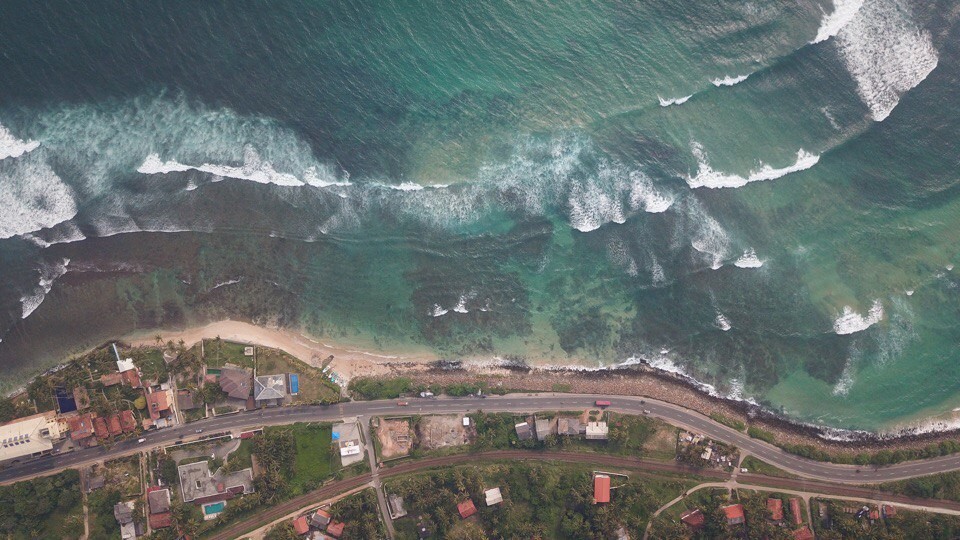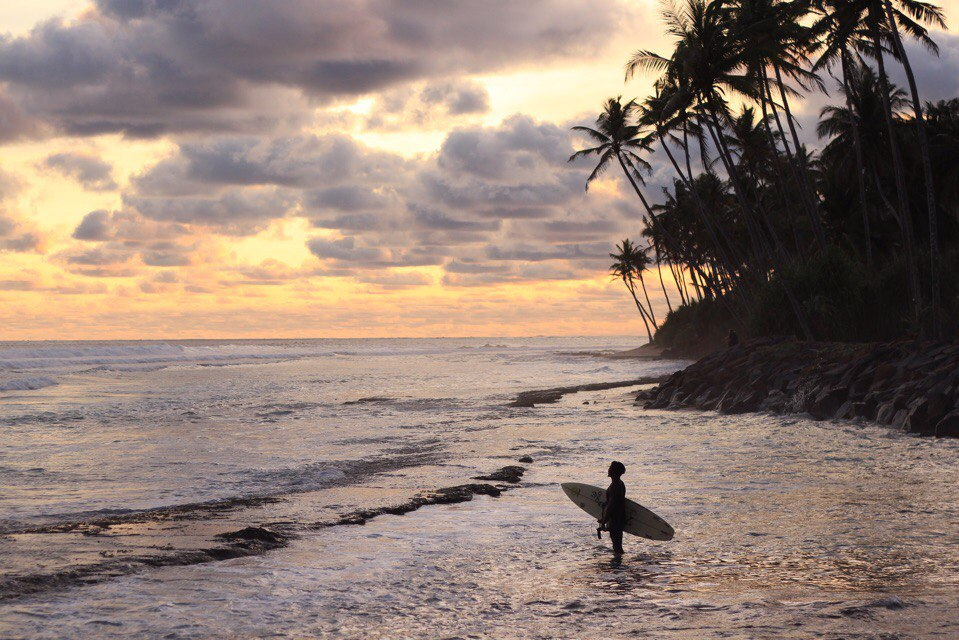
It is always important to understand the conditions before heading out for a surf, select the right board for your surf skill level, prepare all equipment (leash, board, wax, zinc etc.) check the wave size, number of people in the water, tides, stretch and go surf.
Wave
Look and identify the size, speed of the wave before jumping in the water, make sure you are comfortable with the size of the waves at the time.
Tide
There are two tides – the High tide and Low tide.
High tide: when there is more water on the beach, waves breaking closer to shore.
Low tide: when the water level is very low, more beach exposed and waves are breaking a little deeper away from the beach.
Wind
There are three wind directions in surfing.
Onshore Wind: this is the wind blowing from the ocean to land usually making the waves mushy and flat.
Cross Shore wind: this is the wing along from one side of the beach to the other making the waves choppy and messy from one end to another.
Offshore Wind: This is the wind every surfer wants, it blows from land towards the ocean making the wave stand up steeper and more defined.
Backline
This is where the wave stands up, defined approaching the beach.
Impact zone
This is where the waves steepen up and Break into white water moving towards the Beach/land.
White water
This is beginners paradise, result of a broken wave, easier to surf and best place to practice surfing as a beginner surfer.

